Owners of Naim equipment are often wary of fitting aftermarket cables that are not of Naim’s own construction or recommended by them. The Naim marketing dept. will not endorse a cable from another manufacturer for obvious reasons. However there are many cables that offer often astounding sound quality improvements, some for modest costs. Mains Cables R Us have developed mains power cables that offer tangible improvements when used with a wide range of hi-fi equipment, and they even work with Naim equipment as well!
The MCRU No. 27 mains lead is a modestly priced power cable constructed using parts that have been carefully chosen to work together, including parts not usually fitted on a power cable because of economy’s of scale. Because we construct all cables ourselves the costs is often secondary to the perceived performance of the cable. It will work well with most hi-fi equipment and can be up-graded on our website for even better performance, in it’s standard configuration it has been enthusiastically endorsed by Malcolm Steward, UK hifi journalist, naim expert and commited audiophile. Malcolm has reviewed the mains lead on his personal blog/website, I recommend visiting Malcolm’s website regularly for interesting and useful infrmation concerning all things hi-fi. The review is below, the mains lead is available from my website here, please feel free to purchase and improve your systems sound quality straight away.
For Naim owners I also offer an even better power cable which will elevate your systems performance even higher than the MCRU No. 85, all items for sale on the website carry a 30 day money back guarantee.
Malcolm’s Review……
The legendary Crump Asylum mains lead is an example of uncommon audiophile pragmatism: TG Audio Lab’s Bob Crump kept trying after-market mains cables but could never find one that performed better than the moulded cables that came with his Levinson amplifiers. When he replaced their wall plugs their performance advanced further. He then replaced their IEC plugs with better quality versions and the performance of the cables took another step forward. The resultant cable has been his reference mains lead for more than two decades, and he has written about its construction on the Audio Asylum internet forum, hence the name it acquired, the Crump Asylum lead.
Unlike many after-market leads, the Crump Asylum and the similar MCRU No 27, look mundane when you peruse their materials: fundamentally, the No 27 consists of two high quality mains connectors – a gold-plated MK Toughplug and a Martin Kaiser IEC connector – and a length of Belden 13964 cable in a carbon-infused sheath to reject interference. There is nothing outrageously exotic here: but I don’t think that the bill-of-materials approach is appropriate. The cable design of the MCRU No 27 differs only slightly from Crump’s original. For example, the sheath drain wire is connected at only one end (the wall end). It has been suggested by commentators also that one should solder the cable within the IEC plug but MCRU considers this not to be a good idea, primarily because of the metallurgical differences between the gold-plated ‘pins’ on the plug and the solder.
The MCRU No 27 delivers an overall performance boost unlike most after-market cables that seem to offer dramatic improvements in one or two specific areas only. For this reason I was happy to use the cryogenically-treated No 27 within my Naim Audio and Neat XL10 primary system, which does not truly appreciate after-market mains cables. Happily, with the No 27 feeding my pre-amp, the system simply delivered more of its usual musical coherence and communication, along with a super quiet background, and greater definition of micro-dynamics and nuances from the back of the sound-stage. That it promotes discernible, persuasive improvements within such a sensitive electronics set-up merits a genuine big up from me. The £95.00 MCRU No 27 is a killer and comes particularly highly recommended, especially for owners of Naim systems and any others that are sensitive to changes in the impedance of the mains supply.


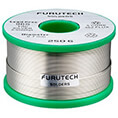
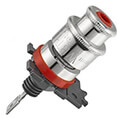









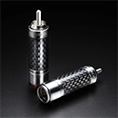
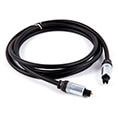
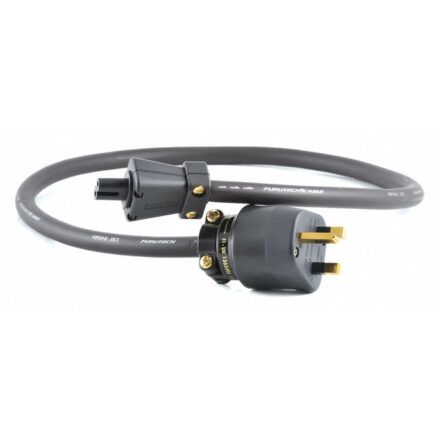
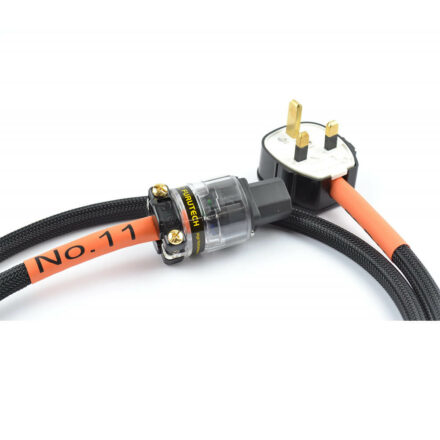
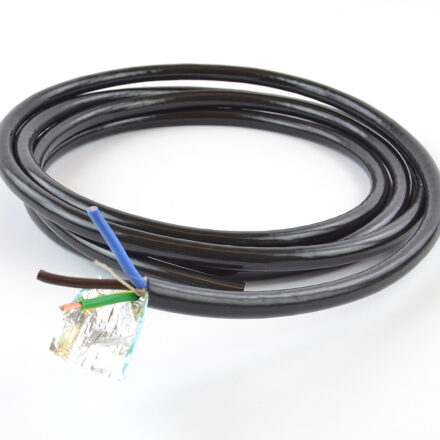


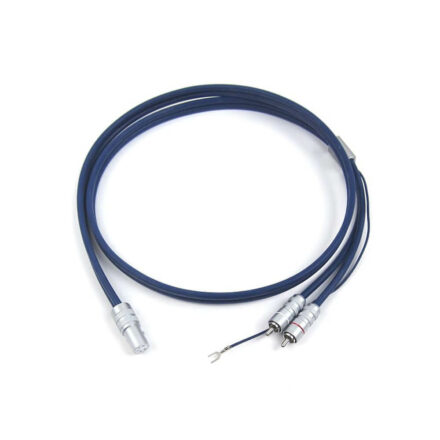
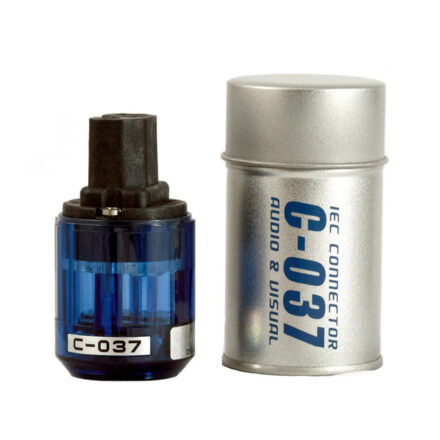


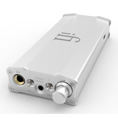

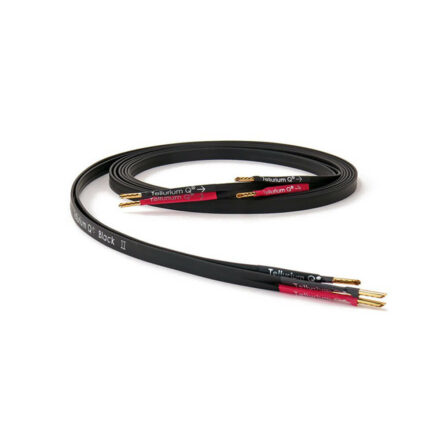
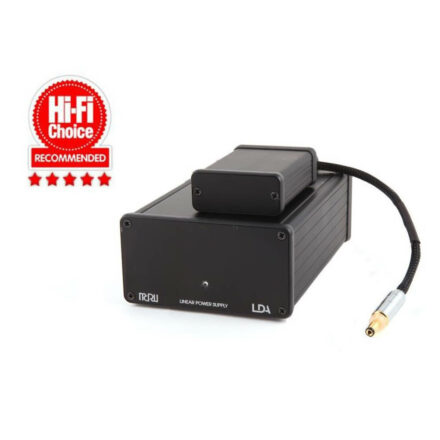


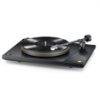
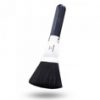
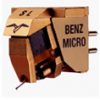


































1.5